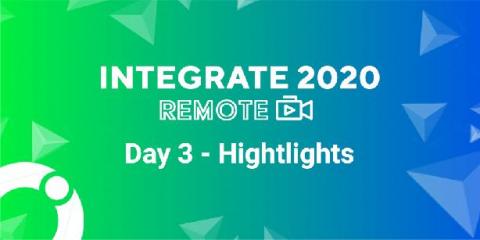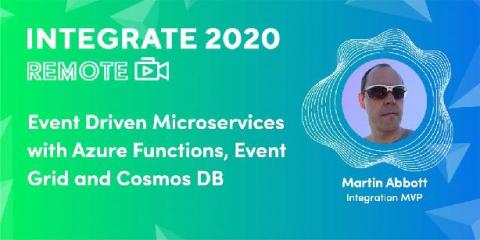Unlocking new serverless use cases with EFS and Lambda
Today, the AWS Lambda platform has added a new arrow to its quiver – the ability to integrate with Amazon Elastic File System (EFS) natively. Until now, a Lambda function was limited to 512MB of /tmp directory storage. While this is sufficient for most use cases, it’s often prohibitive for use cases such as Machine Learning, as Tensorflow models are often GBs in size and cannot fit into the limited /tmp storage.











